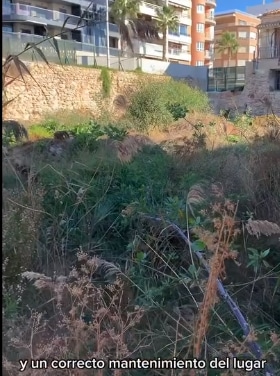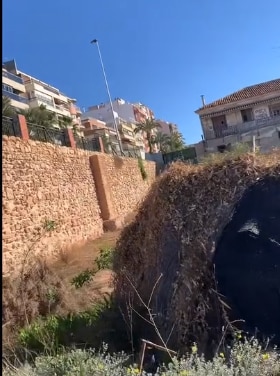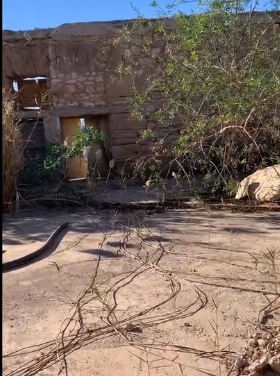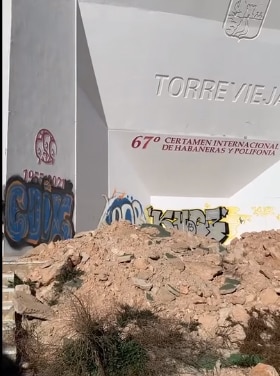Having requested access to the historic Eras de la Sal in Torrevieja to assess the progress of the development, socialist councillor Margarita de Francisco has visited the site and has taken images of its shocking current state.
Bárbara Soler, head of the PSOE in Torrevieja, assures that it is a paradox that this Friday the presentation at FITUR of the 70th Habaneras and Polyphony Contest in Torrevieja will take place and, meanwhile, the PP government team has allowed the Eras de la Sal, which are the quintessential enclave of the contest, reach such a regrettable state.
De Francisco points out that a little over a week ago the second revised and expanded edition of “Las Eras de la Sal. Origin of a city” was presented at the Casino Cultural Society of Torrevieja, a book edited by the Municipal Institute of Culture, Joaquín Chapaprieta. At this event, attended by several socialist councillors, the general director of Heritage of the Department of Culture and Sports, Pilar Tébar, highlighted that this publication is “testimony of the most important architectural work in the history of Torrevieja” and the councillr praised the work of all those who have made this work possible to understand the idiosyncrasy of our city.
“Well, almost two years have passed since the archaeological excavation work in the Eras de la Sal was completed and while the remodelling works of said space are getting underway (or not), its state of abandonment and its nullity are inexplicable. maintenance” says the councillor. “They cannot go to the book launch just to take a photo knowing that their actions – or inaction – have led to the deplorable state in which they allow this emblematic place to be found.”
The socialist municipal group assures that the images, shared on their social networks, are very hard for any Torrevieja resident. The lack of adequate protection has facilitated the total degradation of historic elements. Today it is a space taken over by invasive plants and graffiti, exposed to the risk of fires and without any means of protecting the excavations or the remains found, which only constitute a nuisance for what the council has planned in this space.
Soler points out that “the million-euro rehabilitation project of the area where the Eras de la Sal are located collides head-on with reality, which shows the lack of real interest in preserving the little of us that we truly have left, as has already been happening with other spaces that were part of the identity of the city of Torrevieja and of which nothing remains today.”









